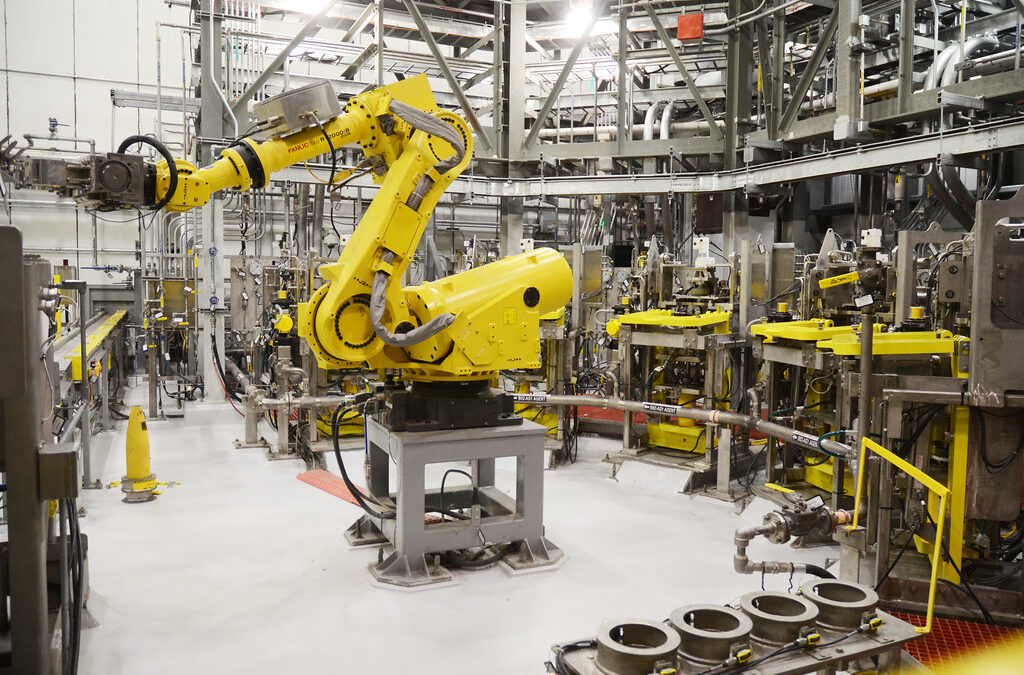Robotic Assembly is the process of using a variety of robots in the production or manufacturing process. This is done for carrying out the assembly of specific products effectively. The application of robots to the process of assembly consists of a number of simple tasks and also some complicated ones which need more expertise as well as programming. Many manufacturing companies use it in some stage of the production process. The process requires precise automation and a variety of robotic technologies, from simple machines to much more complex and advanced robots.
What are the benefits of Robotic Assembly?
There are a number of benefits of automating assembly with the help of robotics –
- Improvement in the productivity of labor
- The cycle time as well as the floor space utilization gets reduced
- There is improvement in the quality and reliability
- There is processing consistency
- Waste Reduction
- Production costs are low
Robotic Assembly can perform the highly repetitive activities very effectively. They operate faster and with precise automation as compared to human labor. This saves crucial time for the employees who can perform other activities that don’t have the risk for any injuries in the workplace. The process of integration of automated robots into the workplace would generally need a very high initial investment, however, the time for return on investment is reduced.
Why do companies choose Robotic Assembly?
Companies can choose the utilization of Robotic Assembly for a variety of reasons, however, it is mostly dependent on what the organization wants to achieve. This is especially true in the case of large manufacturing companies. For some of the manufacturing businesses, robotic assembly is used as part of the production process because of the high accuracy and precise automation that robots are able to provide when they are programmed effectively to perform an activity.
The robots and human collaboration are also very a popular option for the industrial manufacturing assemblies. It is less in cost and collaborative robots have an enhanced vision as well as sensor technologies. This enables businesses to combine human labor and support from robots in an efficient manner. Some manufacturers may also choose using robotic assembly for saving costs in the long run. This is done by increasing the goods production, total output as well as the total number of hours that robots are able to perform. Robots don’t need breaks like in the case of people and they are likely to maintain consistency in output for all the time that they have been programmed to work, not like people who show signs of slowing down at the end of the day. With the help of customized automated robotic assembly systems, a majority of manufacturers have been able to increase the speed and productivity as well as enhance the accuracy of their operations.
Assembly robots provide high-speed capacities that allow manufacturers to meet the desired cycle times effectively and also provide a much quicker time to market, resulting in increased productivity. There is improvement in the efficiency as a result of elimination or decrease in the manual labor. By providing a swift change over time, assembly robots are able to enhance the workflows for a streamlined and well-organized assembly process. Robotic systems may be programmed for accurately identifying the right components, ensuring the proper placement as well as monitoring of the finished assembly to make sure there is a good quality final product. Assembly robot processes can provide the speed and precise automation that the manufacturers need without compromising on quality and accuracy. Assembly robots are flexible and enable manufacturers to boost the workflow, increase the capacity as well as produce a variety of products.


